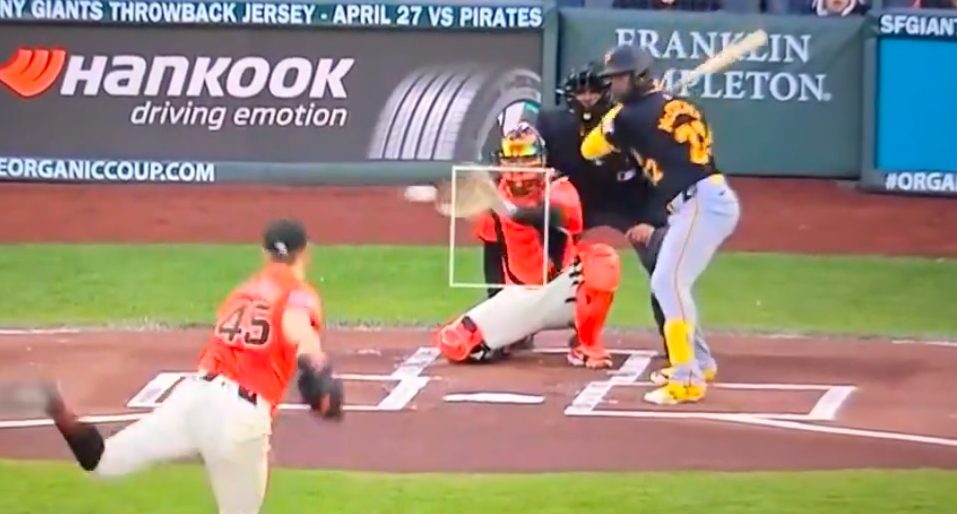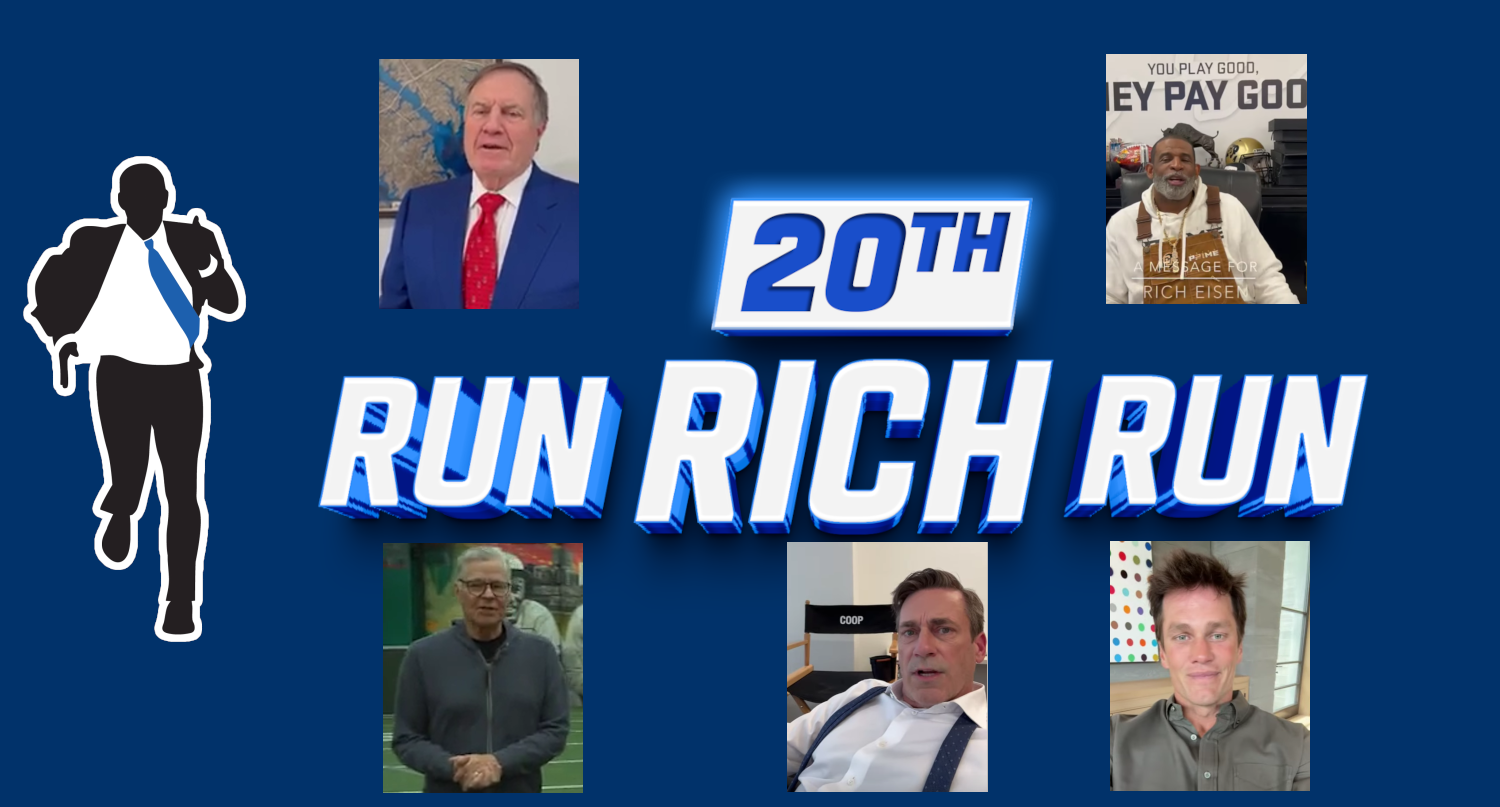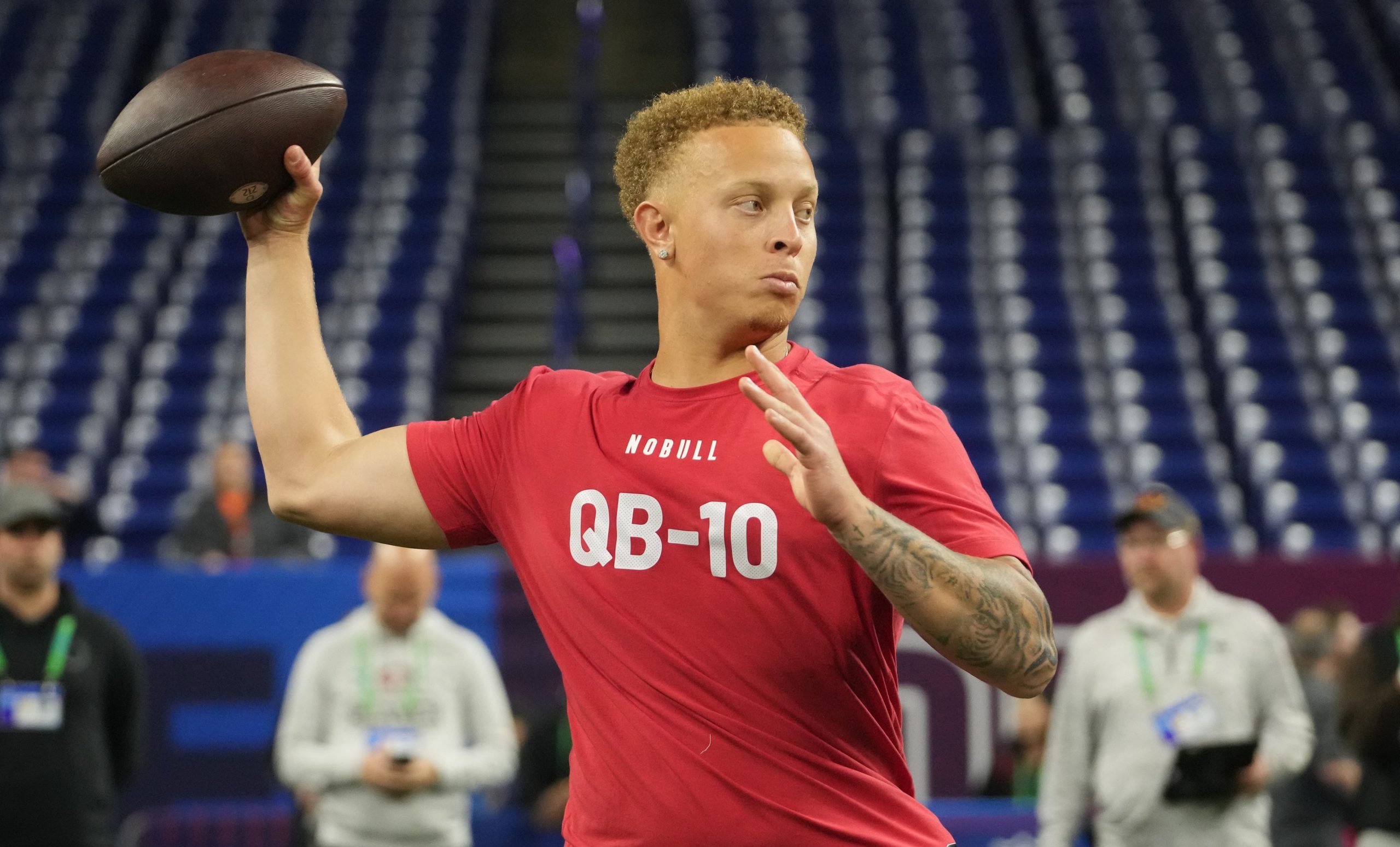A carriage dispute between Charter Communications (which is the second-largest cable provider in the U.S., offering cable and internet services under the Spectrum brand) and Disney exploded Thursday night, with Disney networks including ESPN and ABC going dark on Spectrum. That impacted a lot of people, including those looking to watch the Florida-Utah game on ESPN and U.S. Open coverage on ESPN2. And it’s likely to have ongoing and perhaps permanent impacts for Spectrum subscribers.
On Friday morning, Charter held an investor webcast to discuss the situation. There, president and CEO Chris Winfrey, president (product and technology) Rich DiGeronimo, and CFO Jessica Fischer all addressed the situation. And Winfrey described this as an unprecedented moment in his tenure at the company.
Winfrey has been at Charter since 2010, initially as CFO, then as COO from October 2021 through December 2022, then in his current role since. He said on this call “With anything of this scale in my entire time here at Charter, we’ve never gone dark, we’ve never had signals pulled, and certainly nothing of this size.”
But, in opening remarks addressed to those customers, Winfrey said this particular dispute came about thanks to a “broken” system of video distribution, and this was the particular place where it wasn’t worth giving in.
“We’ve almost always avoided these kinds of disputes and disruptions to your service. But we had to draw a line in the sand on your behalf. We haven’t been able to stop programmers from increasing the cost of your channels and your packages. So we think that making sure to get value from the programming that you pay for, well, that’s worth fighting for. …And, to the majority who don’t actually watch Disney content, we’re sorry that Disney makes you pay for channels you don’t watch.”
And in his closing remarks, Winfrey apologized to customers for the timing of this, but emphasized that it’s unusual, and that they’re looking for a deal that works over the long run.
“This wasn’t something that we planned or expected, and the timing’s not great. I sincerely apologize to anyone who is a video customer of Charter. We’ve never had this happen before and it wasn’t our intent. But we’re doing this in a way to hopefully help our customers long-term.”
What is that way? Well, here’s more of what Winfrey discussed on that front in his opening statement, saying Disney is looking for rate hikes while moving more and more content from linear to direct-to-consumer streaming apps, which he described as “massive cannibalization.” And he called this “not a typical carriage dispute,” and emphasized that Charter’s main proposal here is striking a deal that gives them more flexibility on what Disney channels they must carry on primary tiers (something they successfully managed to do with regional sports networks earlier this year) and gets them involved in the DTC side of Disney’s products.
“We respect the quality video products that The Walt Disney Company produces as well as the experience of its management team. But the current video ecosystem is broken, and we know there is a better path that will deliver video products with the choice consumers want. The Walt Disney Company and Charter are uniquely capable to lead the way, which is why we are disappointed that thus far they have insisted on unsustainable price hikes and forcing customers to take their products, even when they don’t want or can’t afford them.”
“They also want to require customers to pay twice to get content apps with the linear video they have already paid for. This is not a typical carriage dispute. It is significant for Charter, and we think it is even more significant for programmers and the broader video ecosystem.”
“We have proposed a model to The Walt Disney Company that we believe creates better alignment for the industry and better products for customers. It is a model that could both stabilize linear video and create a clear growth path for direct-to-consumer (DTC) video, with a more customer-friendly and financially attractive end-state for programmers.”
Later, in a response to an analyst’s question, Winfrey said the setup of that model would involve including Disney direct-to-consumer apps (currently Disney+, Hulu, and ESPN+) in cable bundles, and then having Charter market those apps to their internet-only subscribers and share revenue around that.
“For our existing database of customers who pay for the broad package of Disney and ESPN content, the construct is that they would receive the associated direct-to-consumer apps for free,” he said. “[On internet-only customers], we would have a real commitment to go to market, and I think it would be powerful to our broadband-only customers to offer individual or packages of DTC content, which for us is an alternative video model.”
And he thinks that’s a way for both Disney and Charter to work through this transition to a world where almost everything is available direct-to-consumer rather than through MVPD bundles, something that’s about to become a larger issue with ESPN’s planned full DTC launch in the next few years.
“And so when I talk about a glide path for Disney, there’s a way for ESPN to go direct-to-consumer in a way that’s friendly and doesn’t completely cannibalize the larger linear video revenues they have,” Winfrey said. “It also works for us, it creates a glide path for us to create new marketing channels for us for new types of video products. And the reality is that you’ll have customers who will remain in both worlds, so this creates that type of environment where you have a really elegant concept for all the different parties.”
“And you have economic incentives that are aligned for all the different parties, for the first time in a long time. And that’s what we intend to fix, and that’s what this creates, not only alignment between distributors and programmers, but a more valuable product for consumers that actually makes quite a bit of sense.”
However, Winfrey also said that this dramatically different offer wasn’t the only one they presented to Disney.
“We did offer a shorter-term extension with some flexibility improvements, just given the terms of the video ecosystem right now.”
Winfrey said that wasn’t accepted, though. And he thinks the more ambitious rewriting has more potential, and Disney is in a “leadership position” here because of the timing of this particular contract expiration, which comes after the announced plans to offer full linear ESPN DTC but before they’ve taken effect (which will likely be in 2025 or 2026). He said those plans led to Charter wanting to explore a different model than a standard renewal with price hikes, which he doesn’t think makes sense in a world where there’s going to be a competing OTT offering.
“We always thought Disney was in a position to be in a leadership position for the entire industry because today ESPN has not gone direct to consumer,” he said. “There’s no way you can enter into a multi-year agreement that forces that cost on all of your customers knowing that an a-la-carte model is coming, and that that would be probably better served for almost all the customers if they wanted to go there.”
The latest
- Could NFL see next Saudi sportswashing controversy?
- ESPN and NBA have reportedly ‘essentially come to terms’ on deal that would keep Finals on ABC
- G/O Media sells The Onion to ‘Global Tetrahedron,’ ex-NBC reporter Ben Collins to serve as CEO
- Eli Gold on Alabama exit: ‘You can’t argue with city hall.’
But Winfrey described Disney’s offered terms as “untenable.” And he said while they’re still looking to strike a deal, it’s likely going to have to be done relatively quickly or not at all. Winfrey said that’s because the value to bringing back Disney channels diminishes for them over time, with the percentage of those who actively watch Disney content likely dropping further as the active Disney consumers leave for other multichannel programming video distributors.
“Our goal remains to go get something that works for customers, that works for the broader programming community, that works for us. But if that’s going to happen, it has to happen very quick. Because as Jessica mentioned in her prepared remarks, that kinds of helps those bundled video connectivity customers find a new video product, preserve the connectivity relationship. ”
“And as that takes place, the likelihood that we’re going to be willing to foist those high costs on, on average, an even lesser-viewed population of Disney content, goes down. And so our likelihood of being willing to pursue a deal decreases over time as those downgrades to video occur, and our likelihood of a moving-on scenario into a completely different video structure as described goes up significantly. So our goal is to try to resolve this fast, but as more time goes on, I think that argues for the other scenario.”
In a later response, Winfrey said that scenario is indeed striking no deal with Disney.
“It would be moving on without Disney content permanently.”
We’ll see if that indeed happens, or if these parties are able to come to an agreement, be that traditional or less so.
[Charter Investor Relations; photo of Winfrey from Charter.com, photo of a Spectrum truck in Worchester, MA in 2021 from Ashley Green/The Worchester Telegram and Gazette, via USA Today Sports]







